In a surprising turn of archaeological events, a 2,000-year-old tattooing tool has been discovered in Utah, challenging previously established views on the history of tattooing in Western North America. This extraordinary artifact not only illuminates the tattooing customs of ancient societies but also revises the timeline of these practices in the area. Uncovered during a 1972 excavation at the Turkey Pen Ruin site, this tool is now recognized as the oldest known tattooing instrument found in Western North America. Its discovery offers crucial insights into the cultural traditions of the Ancestral Pueblo people, providing a fresh perspective on their social and ritualistic practices.
A Surprising Find
The oldest identified tattooing tool in Western North America was found during an excavation at the Turkey Pen Ruin site in Utah, initially believed to be a tool for hunting or gathering. Dating back 2,000 years, it was rediscovered by Andrew Gillreath-Brown, an anthropologist from Washington State University, during a routine cataloging of artifacts from the site. Upon further examination, Gillreath-Brown recognized the object’s actual function.
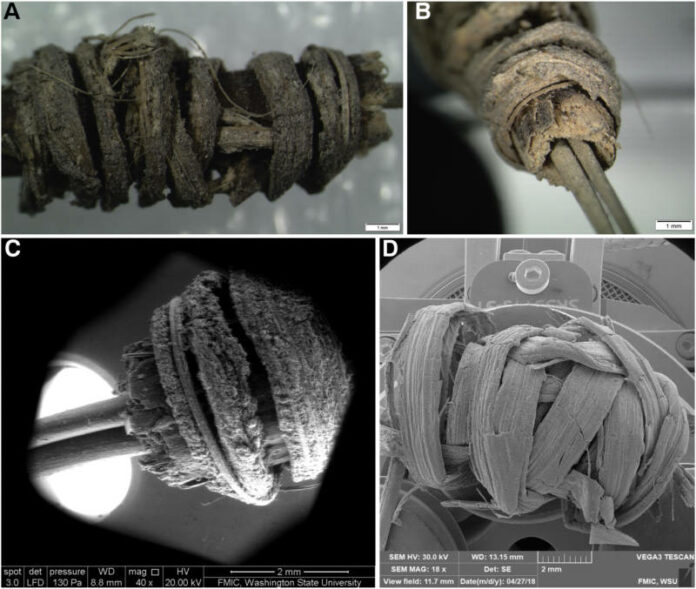
“I was thrilled when I first took it out of the museum box and realized its potential use,” Gillreath-Brown shared. His personal passion for tattoos, reflected in his own sleeve of body art, enhanced his excitement. The tool features a wooden handle made from skunkbush sumac, measuring three-and-a-half inches long, with yucca leaves used to secure the end. The needle consists of two cactus spines placed side by side, stained black at the tips, indicating its use for tattooing.
Historical Significance
Although historians and anthropologists were familiar with the Ancestral Pueblo people, who were native to the southwestern United States, concrete evidence of their tattooing practices had remained elusive. However, this newly found artifact pushes back the known history of tattooing in the region by about a thousand years. The earliest previous evidence of tattooing here was dated between 1100 and 1280 AD. The discovery of this tool from around 2000 years ago dramatically reshapes the narrative of tattooing in Western North America.
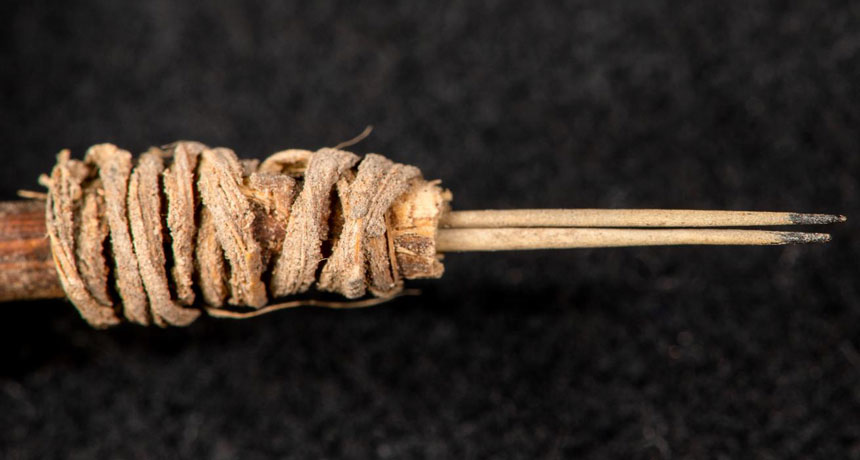
“This tattoo tool provides us with insights into past Southwestern culture that we previously lacked,” Gillreath-Brown noted. The finding has triggered a reevaluation of the historical period, suggesting that tattooing played a significant role in indigenous cultures long before what was previously documented.
Revealing Ancient Customs
The ramifications of this discovery are significant. Tattooing has been a widespread practice across various cultures globally, often serving as a marker of status or identity. The unearthing of this ancient tattoo tool offers a glimpse into how the Ancestral Pueblo people may have utilized tattooing to convey social status or individual identity during a time when population density was rising in the Southwest.
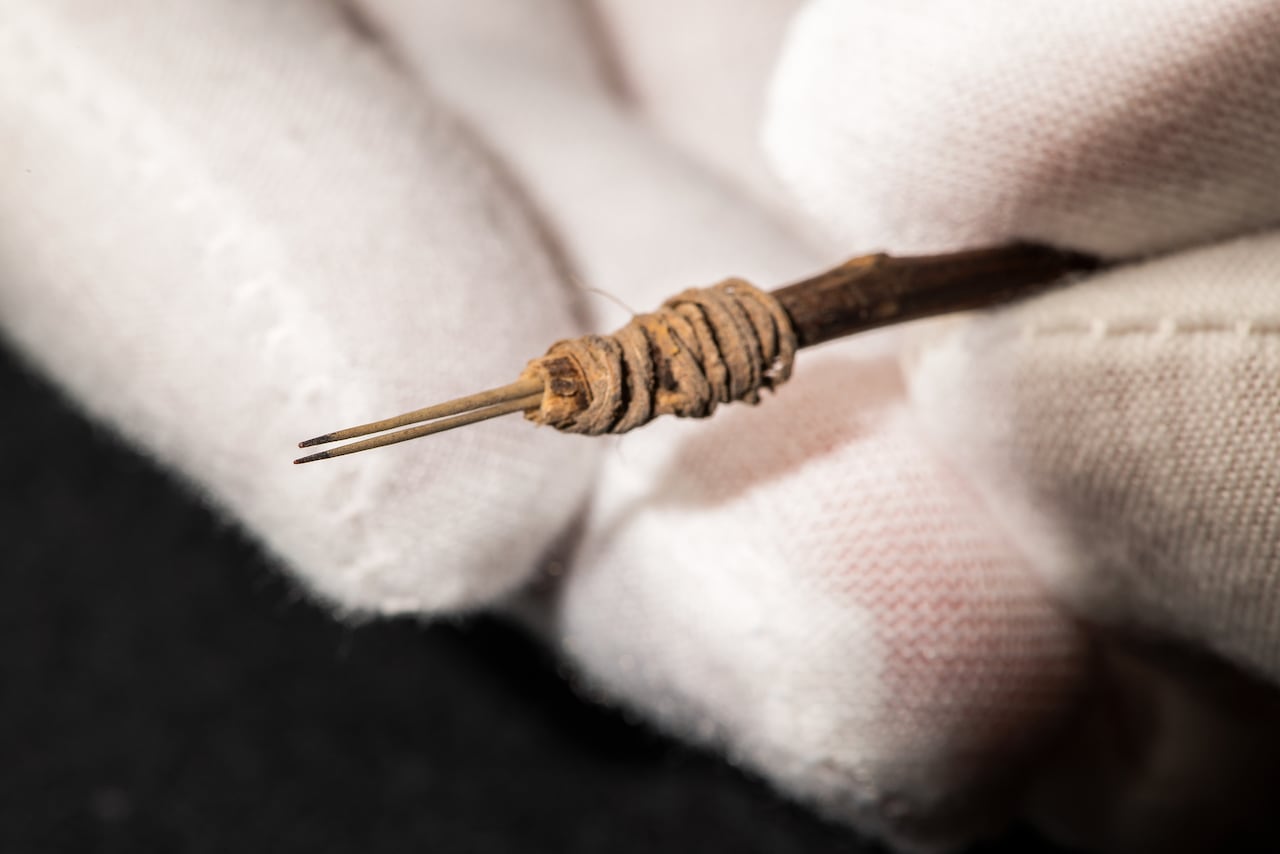
Gillreath-Brown’s investigation of the tool involved scanning its tips with an electron microscope, using X-ray fluorescence, and employing energy dispersive ray spectroscopy. He even conducted test tattoos on pigskin using a replica of the tool to better understand its functionality. This thorough examination emphasizes the tool’s importance in deciphering past cultural practices.
Social and Cultural Relevance
The research, co-authored by archaeologist Aaron Deter-Wolf, underscores the role of tattooing in strengthening social connections among tribal members. Deter-Wolf explained that practices like tattooing were essential for fostering unity among individuals living closely together, especially when other forms of bonding were not available.
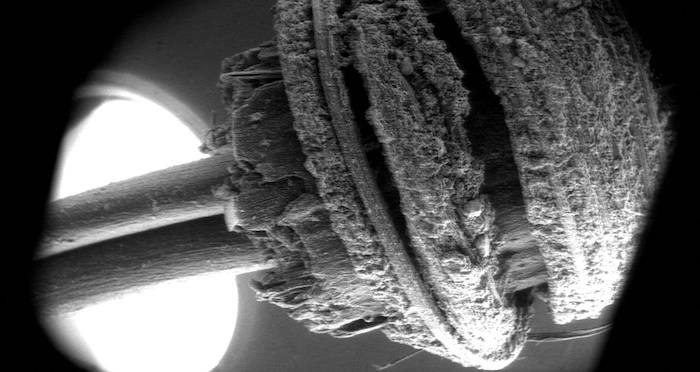
“When you’re living in close quarters with new people to whom you’re not related, you need ways to bond the group,” Deter-Wolf stated. This view resonates with global observations that suggest tattooing and other ritualistic practices often act as unifying rituals within communities.
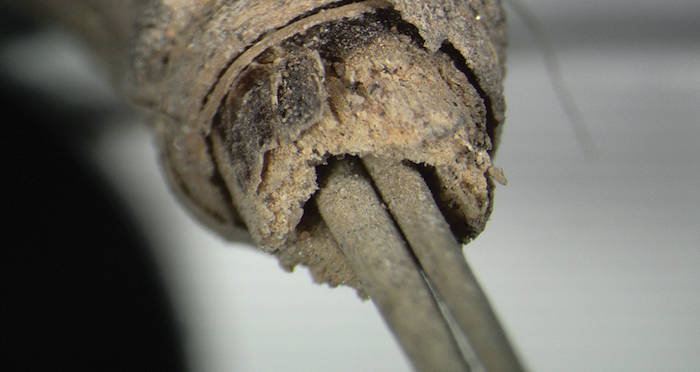
Conclusion
The discovery of this 2,000-year-old tattoo tool in Utah marks a significant breakthrough that reshapes our comprehension of tattooing history in Western North America. By extending the known timeline of tattooing practices and unveiling insights into the social and cultural dynamics of the Ancestral Pueblo people, this artifact represents a valuable addition to our understanding of ancient civilizations. As researchers continue to uncover and scrutinize such surprising finds, our grasp of history evolves, enriching our knowledge of human development and cultural evolution.

